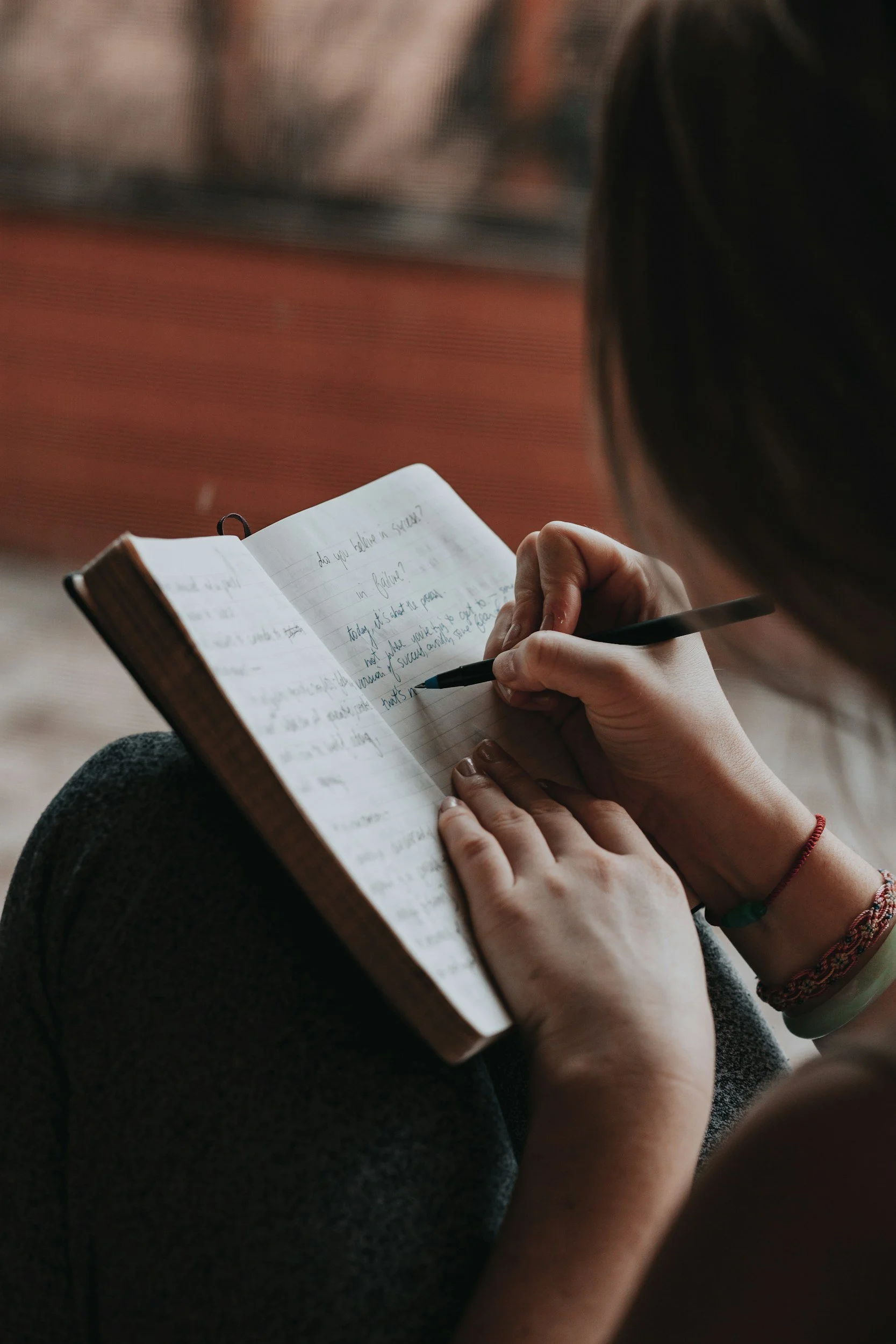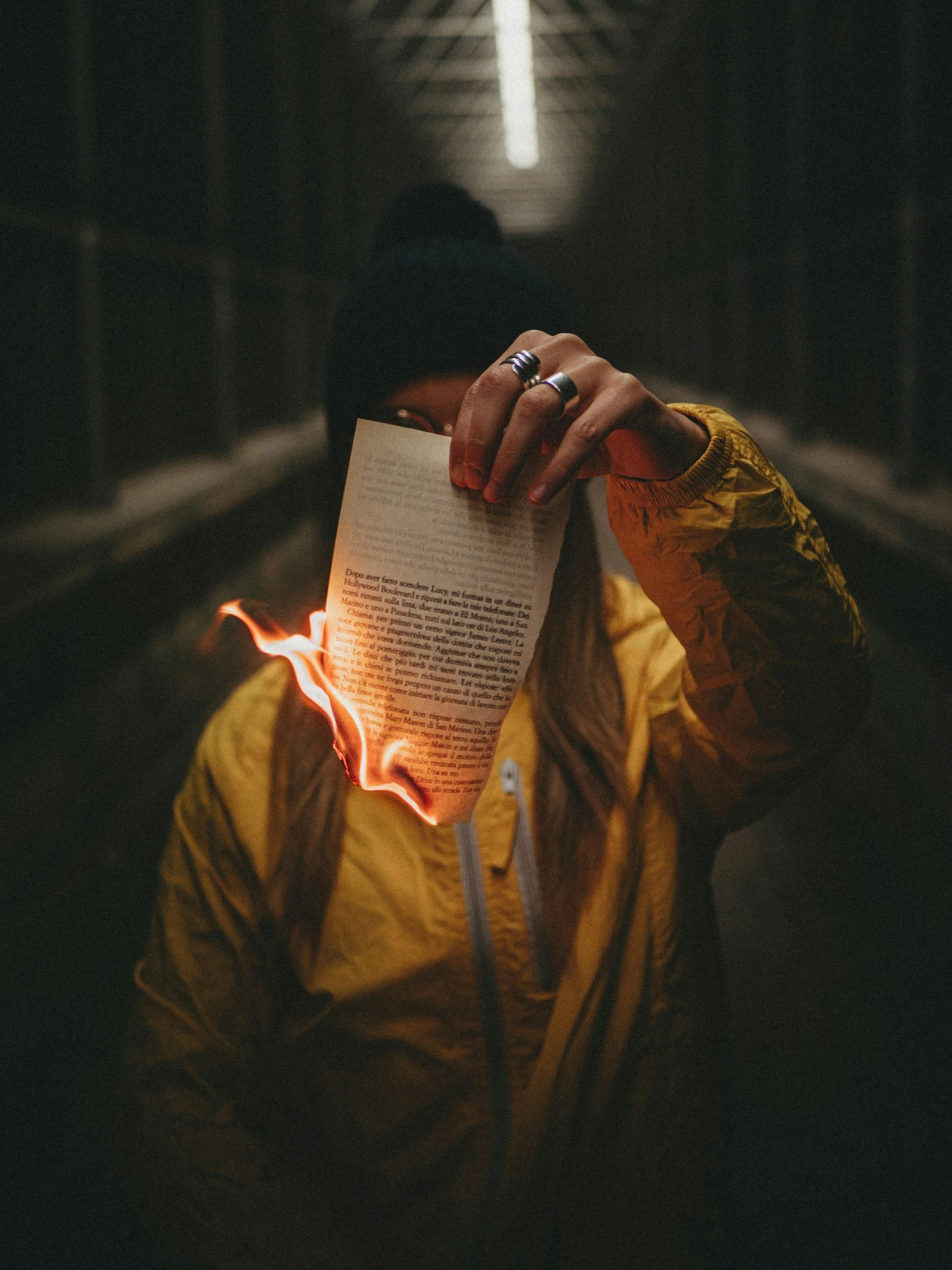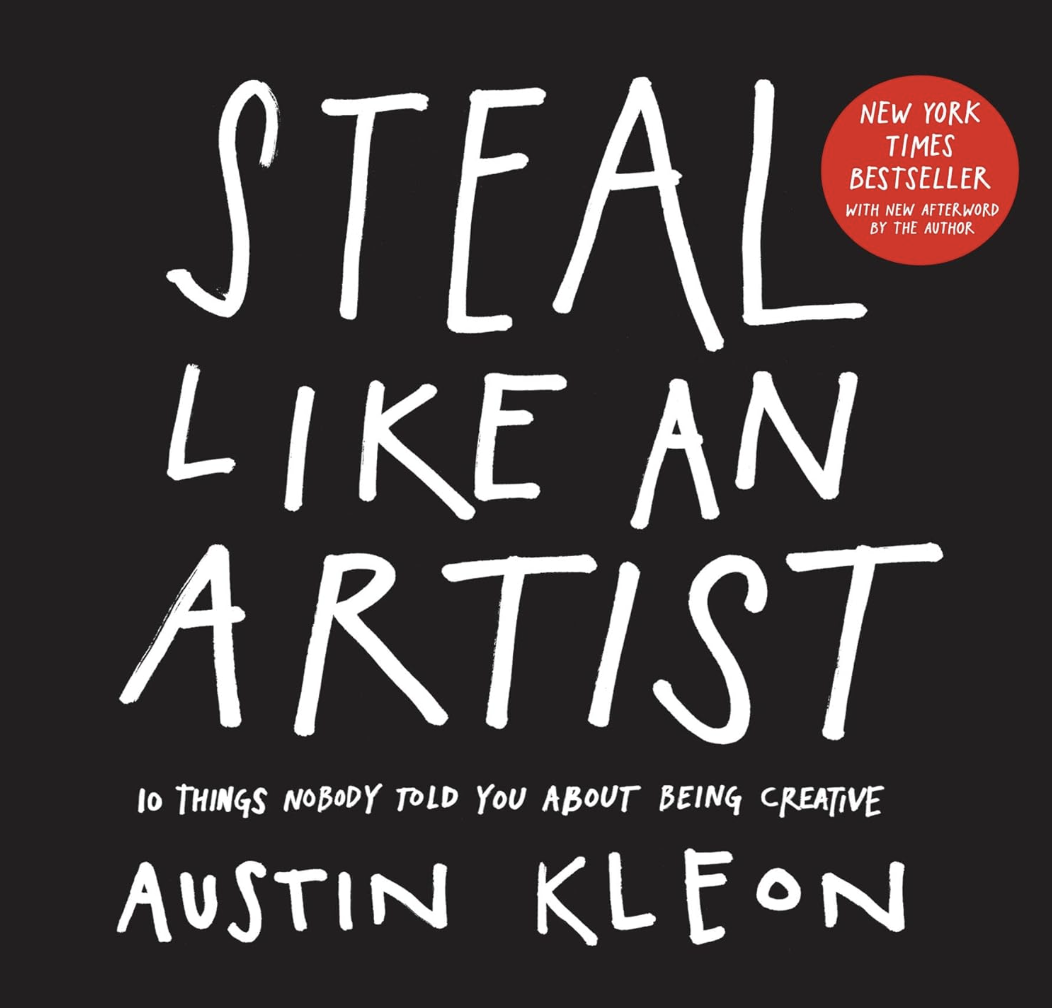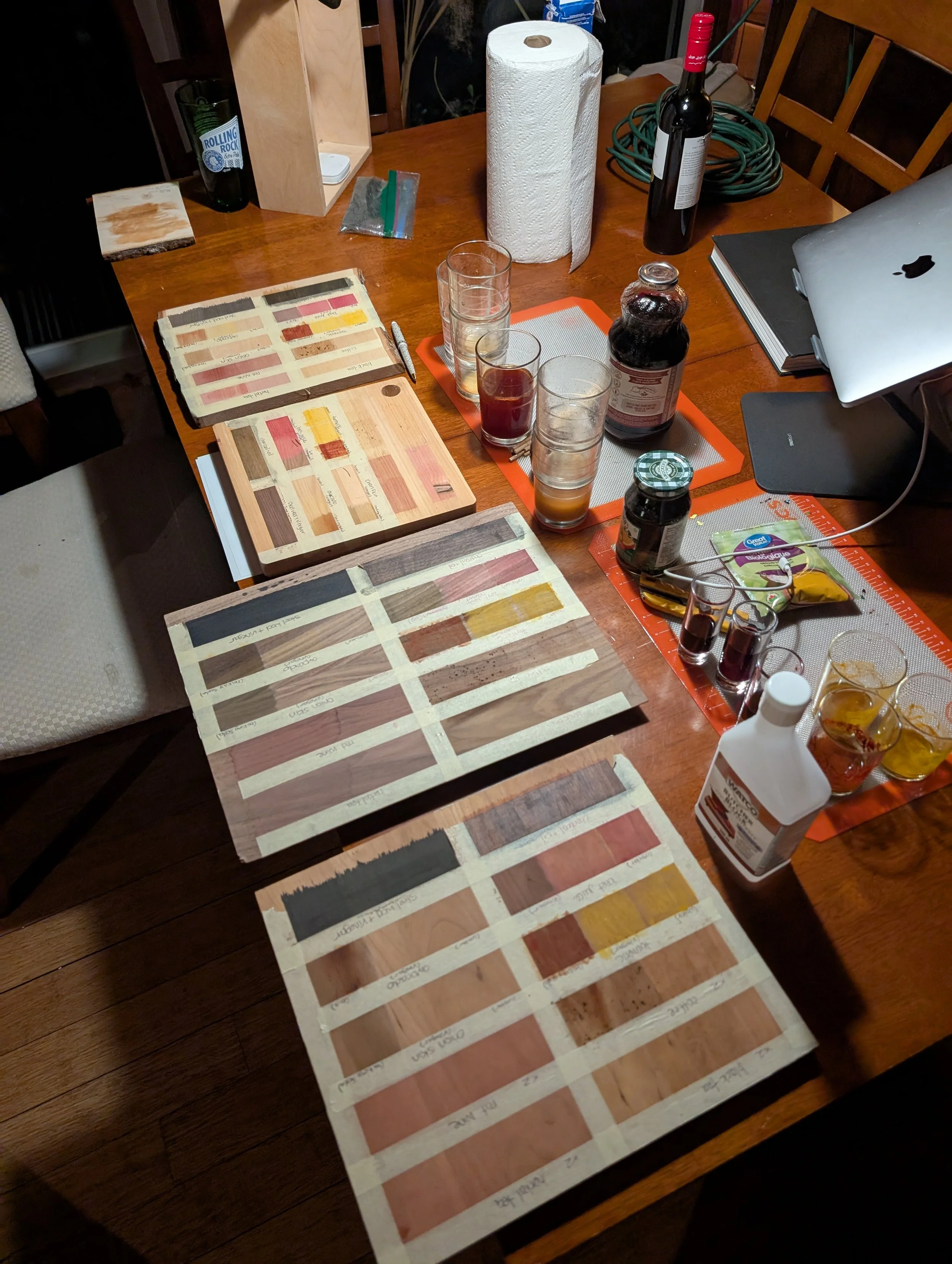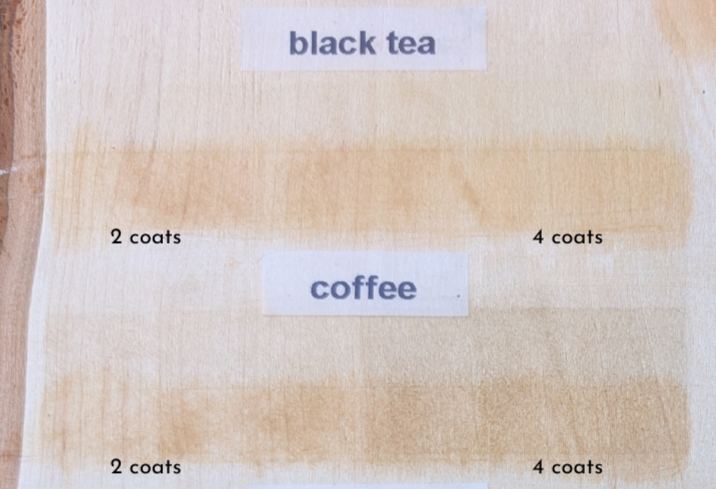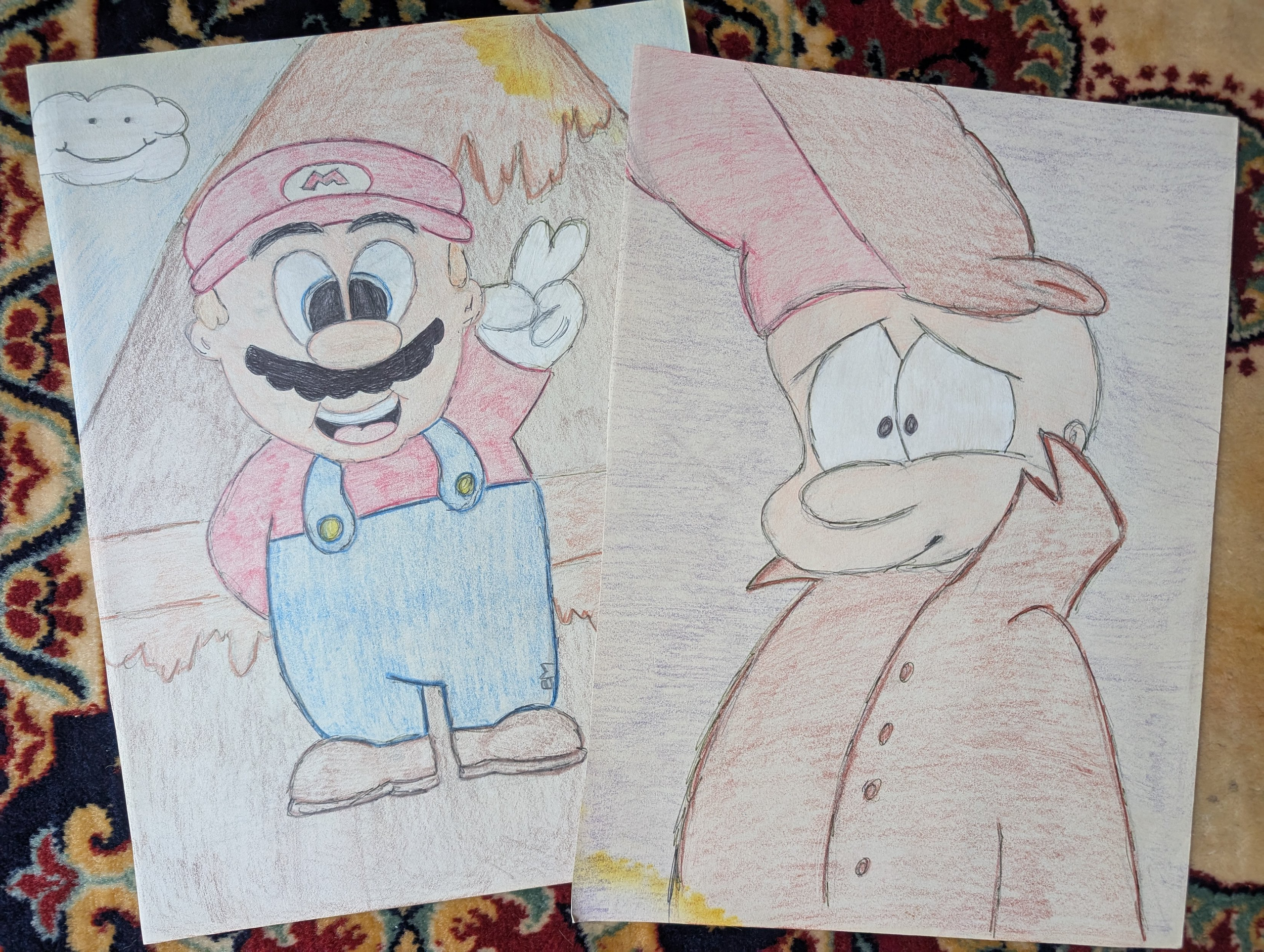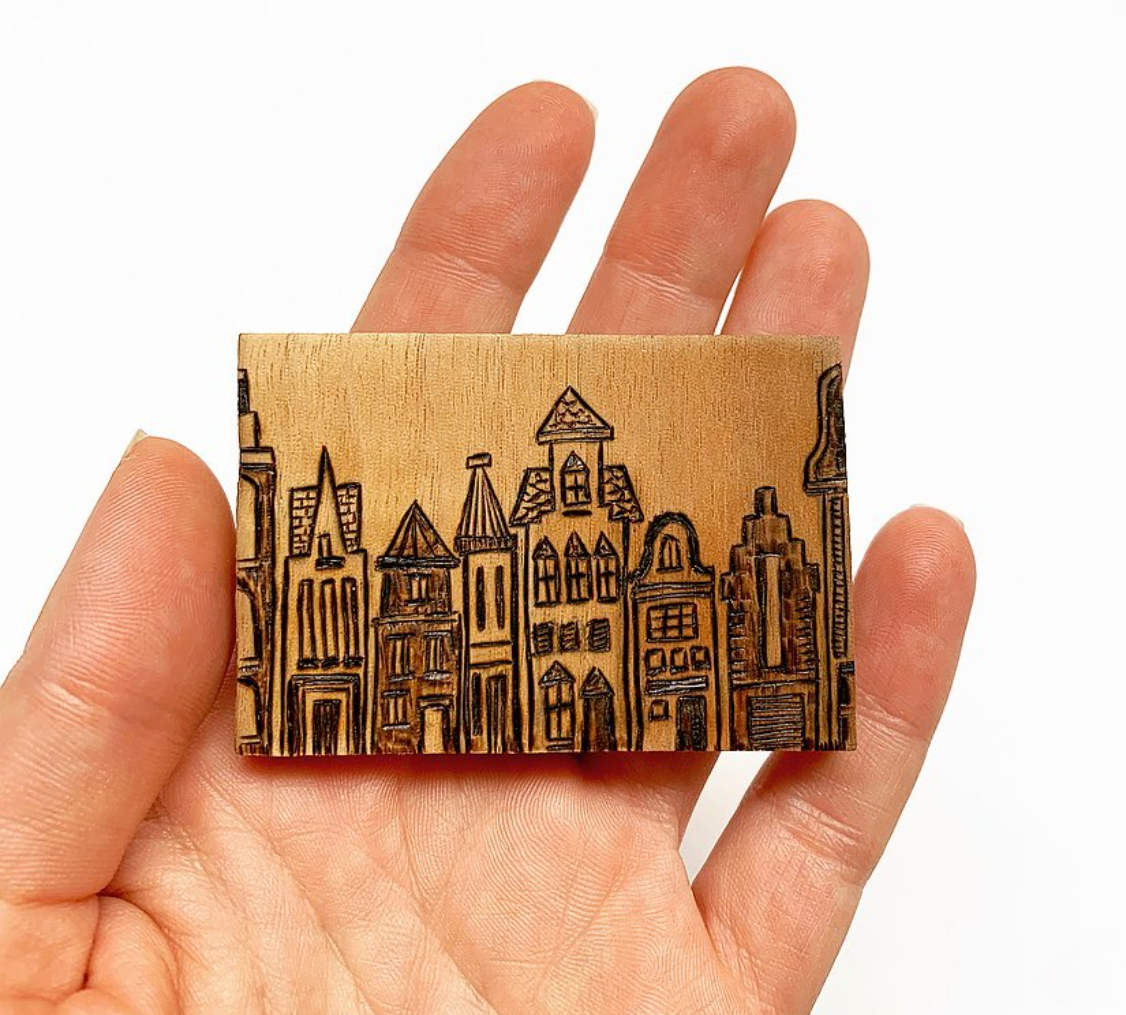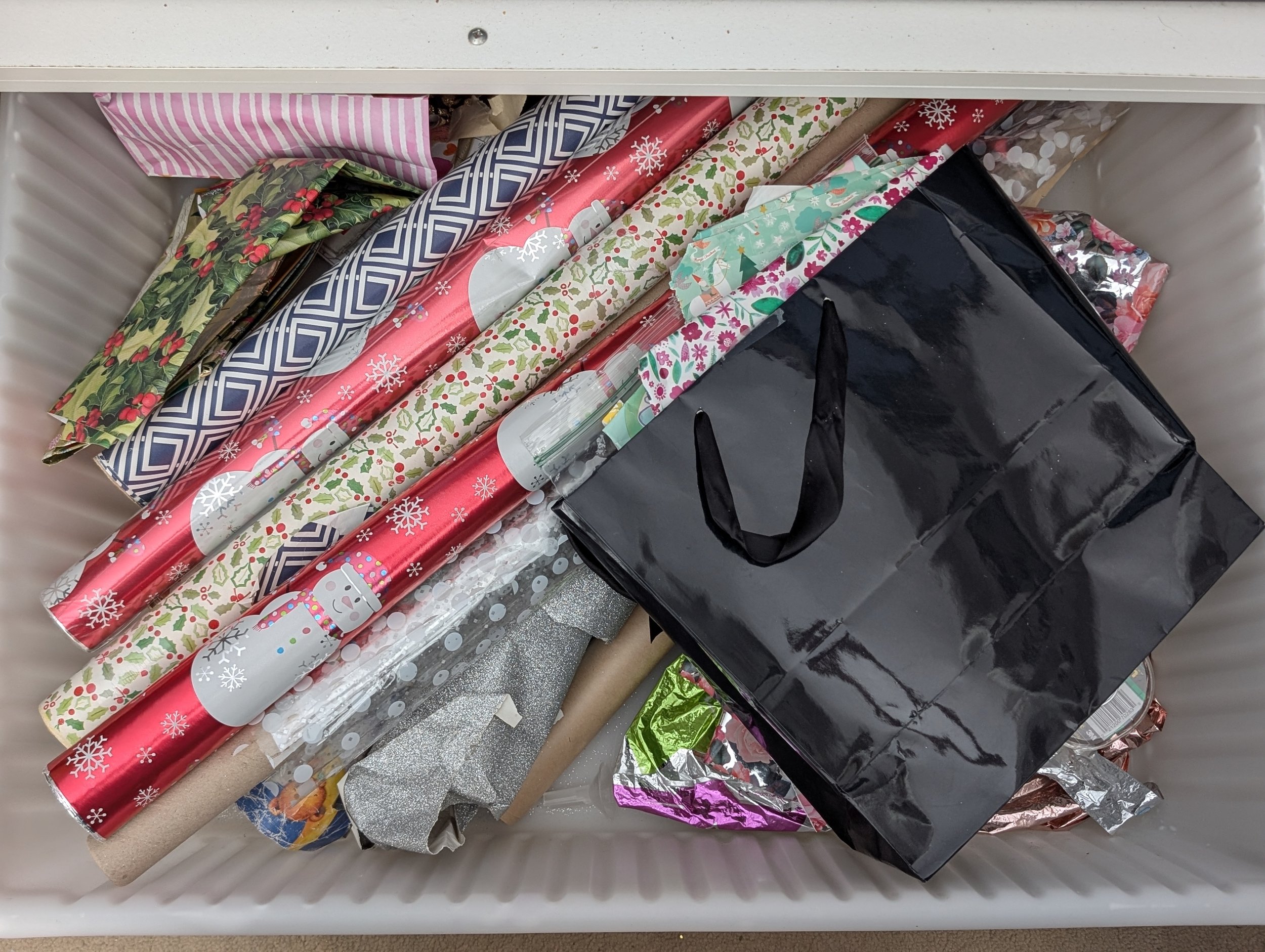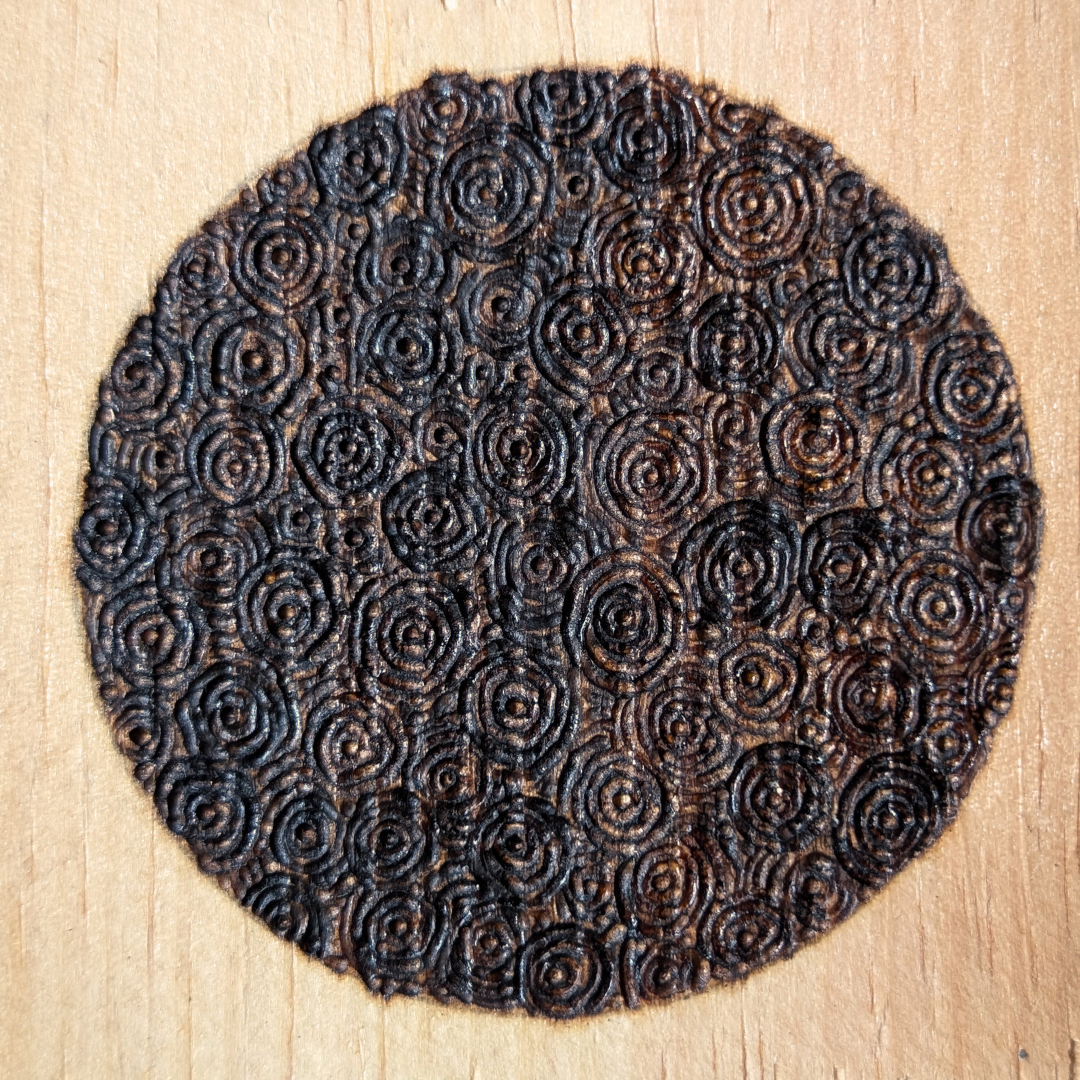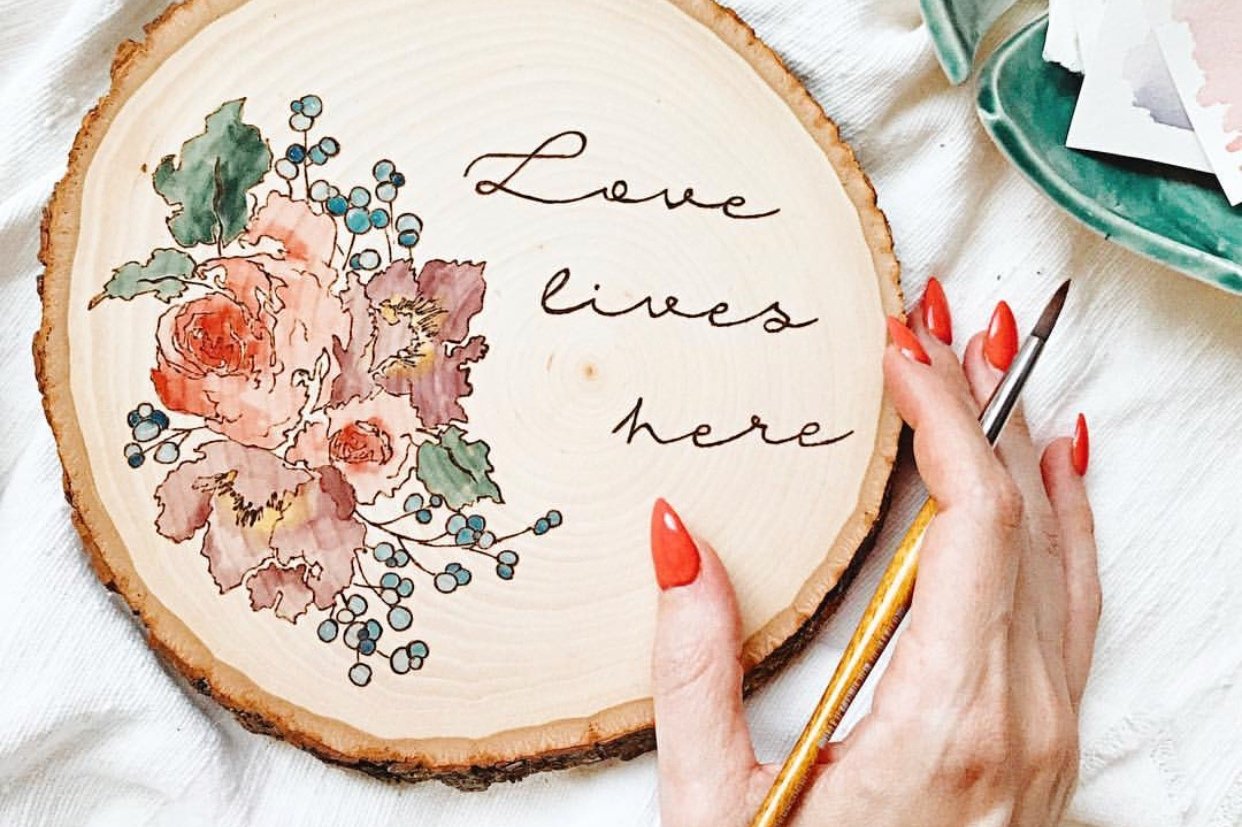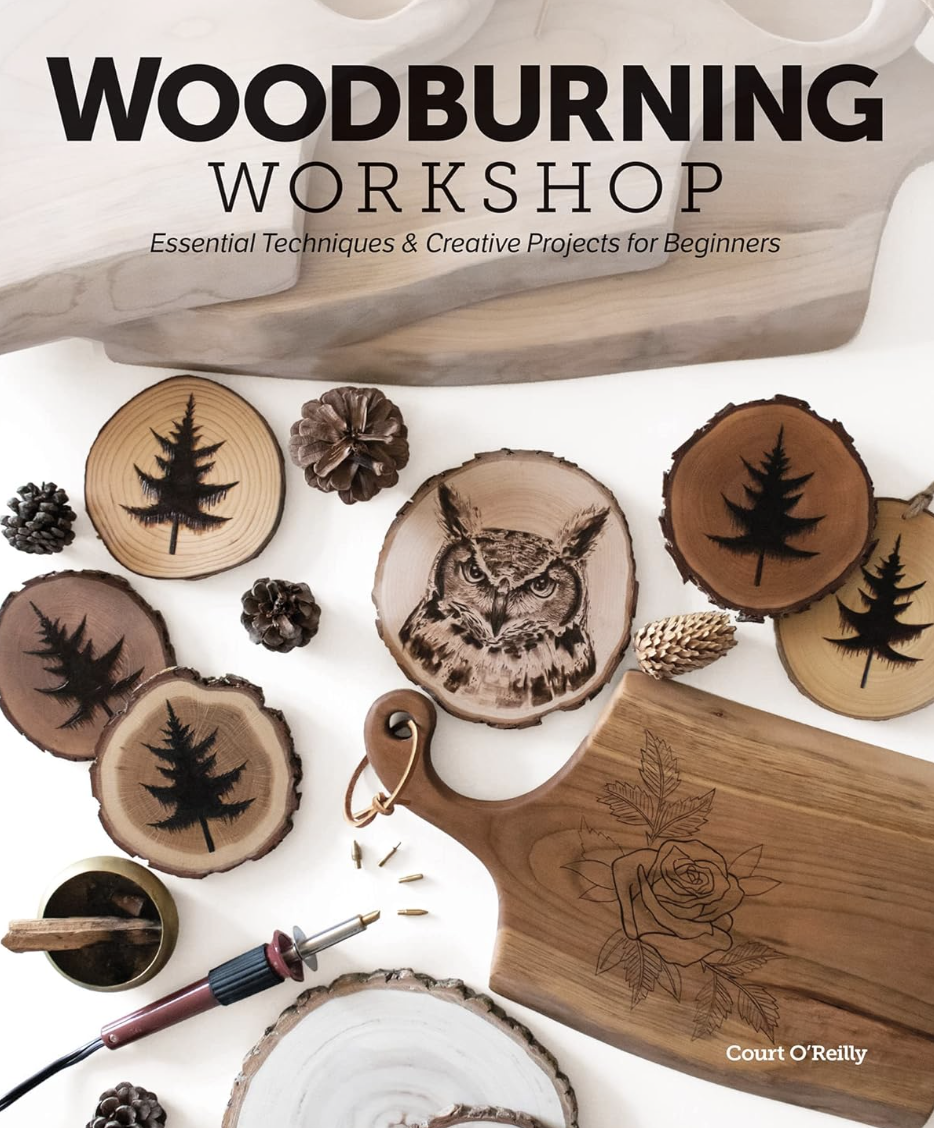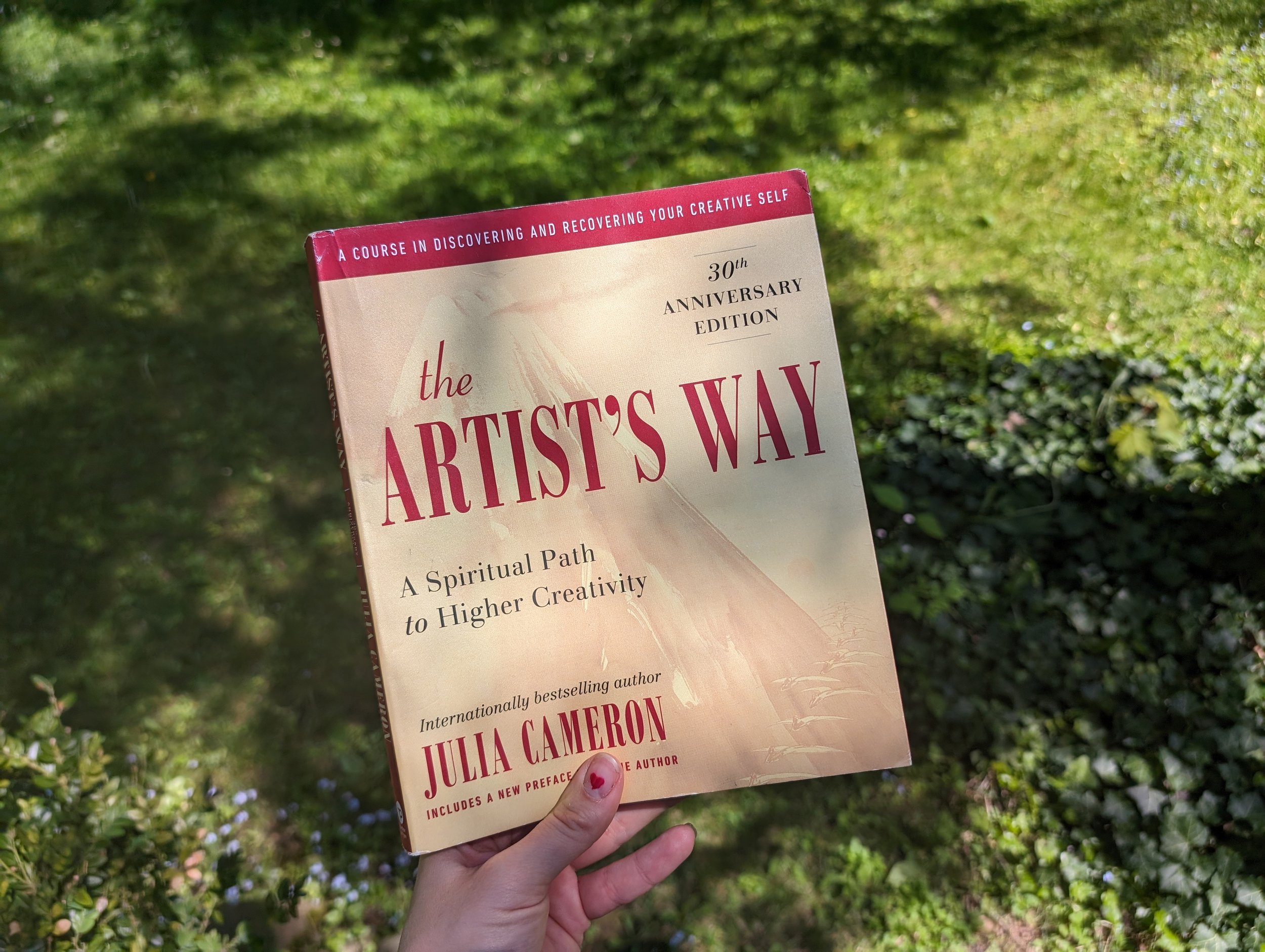It all started with "The Artist's Way" by Julia Cameron. I didn’t know it at the time, but picking up that book would completely shift how I thought about writing as well as myself. My creativity came back after some hibernation and I felt newly inspired to make things again, and start burning and drawing again. And it didn’t feel forced. I just had mental space for the fun things, thanks to releasing the not-so-fun things floating around in my mind.
But at first…
I was reluctant to start writing.
Actually, I kinda really hated it.
I remember as a teenager, there was so much pressure around making my diary sound a certain way, trying to omit spelling errors, not knowing what to really write in general…. You would think that a diary is a private space and no one would read it so why worry about those things? But I didn’t know better. No one told me not to worry about what I sound like on paper. I wrote with the mindset that someone will (or might) read it and I wanted to sound cool. I wanted to sound interesting. I wanted to NOT sound like me (it’s almost like the cringe when you hear your own voice from a recording).
So I stopped.
Last year or two, I got a reccomendation to read this book, The Artists Way (check out that journey here: The Artists Way by Julia Cameron) and one of the daily exercises in it was the practice of freestyle, stream-of-consciousness writing.
Not for show.
Not for anyone.
Heck, not even for myself to re-read after!!
Seriously, I write so quickly that sometimes I cannot reread the chicken scratch that I wrote, and that is completely fine! Because it’s not all about the actual writing. It’s about process of it. It’s about getting the words, thoughts and ideas out of your head and onto something tangible.
It really, very quickly, gave me a peace of mind and helped me process things.
Then I stumbled across another book: The Power of Writing It Down: A Simple Habit to Unlock Your Brain and Reimagine Your Life by Allison Fallon and suddenly, the “why” behind it all snapped into focus. (here is a free audiobook on Spotify)
SO Why does this style of writing help heal and promote mental health?
This form of writing was a tool to help me heal. Almost immediately! Seriously, I noticed differences in the way I thought and what I though almost right away. It was magical.
Below are some reasons in the book, mixed in with my personal experience as to how beneficial it can be.
1. Emotional Processing & Stress Relief
Fallon emphasizes that this expressive freestyle way of writing lets you unpack what’s bottled up inside. This helps process emotions, reduce stress and anxiety, and gain emotional clarity.
2. Cognitive Clarity and Insight
By putting thoughts into words, Fallon explains how writing fosters clearer thinking, better decision-making, and goal setting. Expressive writing connects you with your subconscious, revealing clarity and helping crystallize what truly matters.
From personal experience, I found this to be really true! In my head, the thoughts are lightning fast, but my hand writing these thoughts down can only keep up so much… This forces my brain to slow down and process my thoughts without thinking 5 steps ahead and back to the beginning (goodbye rumination).
3. Provides a Safe Emotional Outlet
Journaling this way offers a private space to express thoughts and feelings without judgment, serving as a therapeutic outlet for emotions that might be difficult to share otherwise. If you are nervous someone might find it, then
writing and immediately burning or shredding or ripping it up is just as therapeutic as the writing itself!
4. Breaks Old Habits
Fallon shows how writing helps you identify and break those ruts in your brain. It helps rewire habits, reroute outdated thought patterns, and discover new pathways forward. Because once you take the time to think of these things and write them down, you see them more clearly. And once you see them more clearly, it’s much easier to do something about it!
5. Shifts your Mindset
Writing about challenges gives you space from them. It separates you, mentally and physically! You can see them more objectively, reframe the narrative, and respond with more compassion to yourself.
6. Improves Self-Awareness
Regular journaling encourages introspection, helping you recognize patterns in your thoughts, emotions, and behaviours over time. It’s not just the act of writing that matters, it’s the way handwriting naturally slows down your brain, like I mentioned in the first point. It’s creating space between thought and response. In that space, you’re able to “speak” without judgment and see yourself more clearly. Writing becomes a mirror, not just reflecting your experience but helping you look at yourself with more honesty, curiosity, and compassion.
Think of it like a muscle. The more you think about your feelings and emotions, the easier it is to recognize them!
7. Promotes Mindfulness
Mindful writing practices, such as focusing on the present moment during journaling, can enhance mindfulness, leading to greater emotional regulation and reduced rumination. I can go on for DAYS on the importance of mindfulness! There are many studies that suggest that focusing on the present can have a positive impact on health and well-being. And I feel it. This was a huge reason why I wrote my book, Presence, and a huge reason for creating The Burn Club with all it’s pyrography exercises (and non-pyrography exercises) to keep you in the here and now.
8. Strengthens Your Inner Voice
The more you write, the louder your real voice becomes underneath all the noise. Fallon describes this as a return to your intuition and inner knowing. This is huge for me because, all my life, I have unknowingly leaned into people-pleasing and perfectionism quite hard… I took more care of others, instead of myself. I am letting go of any blaming or feeling bad for myself, because kindness is this world is needed. But what I’ve learned was that I deserve my kindness too.
What writing has taught me is not only how to be kind to myself but also how to accept this kindness.
Incorporating writing into your daily routine can be a simple yet effective strategy to enhance mental health and cultivate mindfulness.
It’s very simple AND it’s FREE!
All you need is a paper and a pencil/pen.
How to write stream of consciousness style:
Writing in a stream-of-consciousness style means letting your thoughts flow exactly as they come. Write without editing, censoring, or worrying about grammar, spelling, or structure. This is not about writing well. It's about writing truthfully. Misspelled words, half-finished thoughts, tangents… It’s all welcome.
Setting a timer helps to give it a start and a finish, therefore making it easier to complete. It also helps you not to get tempted to pause or overthink.
Don't lift your pen or pause to reread. Keep your hand moving or your fingers typing, even if what you're writing is “I don’t know what to say right now.” That counts. Just keep going.
If one thought leads to another, go there. Even if it feels random. That’s the point. You're learning how your mind moves, not trying to build a neat essay.
Knowing that no one will read it (not even future you, unless you want to) frees you to be honest. If needed, plan to shred, delete, or burn it afterward. That alone can unlock a new level of depth.
If you are stuck, start by just describing what you see, hear or better yet, how you feel, even if it’s just “I’m feeling cold”. When a thought pop’s into your head, and it inevitability will, write it. Even if it’s “I have to remember to change over the laundry in 20 min”, then write that.
There are no rules.
Sometimes, I have started with a question to get me going. It can be as simple as “What am I grateful for today?” to something deeper like “Why did I react that way yesterday?” The question doesn’t need to be profound: it just needs to crack the door open.
When I. really really stuck or not in the mood, I ask ChatGPT (or you can ask google) “what do I write about today?”
I have seen a lot of resistance to writing with a special person in my life who is going through some hard times. None of these things worked for her because she didn’t think she was valuable enough to spend 5-10min writing. Or she didn’t think it would help. Or maybe she just didn’t know where to start.
So I got her this book: One Line a Day: A Five-Year Memory Book. The dates helped her keep a track of when she is writing, the spaces were small so it was quick and not overwhelming and there still aren’t any rules here; writing just words or in point-form further makes it freeing.
It’s about taking a moment to think about yourself for once! It’s not as good as the stream of consciousness writing, but it’s soemthing. And sometimes we just need to start somewhere. This is a good place for that.
Journaling with kids
Studies with school-age kids show that regular writing can ease anxiety and low mood and even boost working memory, and that expressive writing (the freestyle kind where they put their feelings into words, instead of just writing about their day) has an even stronger positive impact.
My daughter and I share our “Happy thought of the day” every night before bed where we name at least one thing that made us happy. I wanted to document that in a more concrete way and get my daughter into the habit of writing so she isn’t as traumatized about it as I used to be and so she has a habit formed early on.
So, I started a journal with her!
We write our happy thought, along with what we’ve learned and how we felt (even if it wasn’t great). Some days we wrote a simple quote out and decorated it. Some days we wrote a whole page of thoughts and events that happened, and some days we just drew a picture!
Again. There are no rules.
I’m hoping it helps her express her feelings and get to know herself, much earlier than I learned to know myself. I want it to feel like a safe place to talk to me on paper, especially as she moves into her teenage years. I also want her to have this tool for herself. So far, its gotten us to both sit down and be present in the moment in a fun and bonding way.
Writing has become more than just a creative outlet for me: it’s a lifeline. What started as morning pages turned into something deeper. It’s now a way to care for my mind, sort through tangled thoughts, and create enough calm that I actually want to show up for the things I love, like wood burning, drawing and making art.
Whether you're navigating stress, seeking clarity, or just trying to slow down in a noisy world, writing gives you a place to land. When your mind feels less crowded, it’s so much easier to feel curious, playful, and creative again.
You don’t need fancy prompts, perfect grammar, or a clear goal. You just need a pen, a bit of quiet, and the willingness to listen to what’s already inside you.
So the next time your mind feels heavy, try writing it down. Not just to get it off your chest, but to find your way back to the creative things you love.
